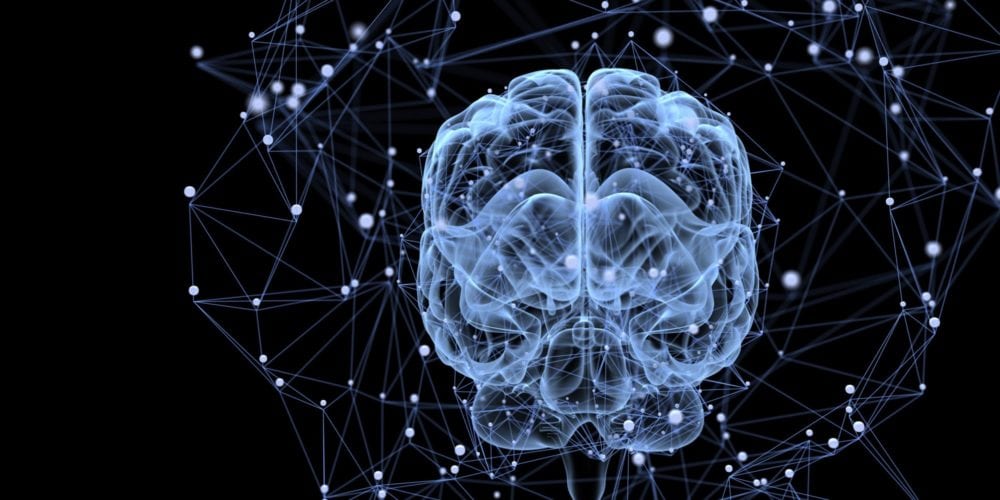Microglial Synaptic Remodelling Captured on Film for First Time
Microglia are highly motile phagocytic cells that infiltrate and take up residence in the developing brain, where they are thought to provide a surveillance and scavenging function. Although microglia have previously been shown to engulf and clear damaged cellular debris after brain insult, recent studies that have demonstrated that microglia are also highly motile in the uninjured brain, continuously extending and retracting processes through the extracellular space, suggest that they may monitor and contribute to synaptic maturation and function.
This activity in combination with known phagocytic capacity of myeloid cells, has led to the hypothesis that microglia may have a role in the phagocytic elimination of synapses as part of the widespread pruning of exuberant synaptic connections during development.
Now, for the first time, researchers at the EMBL, have captured microglia nibbling on brain synapses. Their findings show that the special glial cells help synapses grow and rearrange, demonstrating the essential role of microglia in brain development.

“Our findings suggest that microglia are nibbling synapses as a way to make them stronger, rather than weaker,
” says Cornelius Gross, who led the work.The research team at EMBL set out on a massive imaging study to observe this process in action in the mouse brain. Around half of the time, microglia contact a synapse, and the synapse head sends out thin projections called filopodia to contact them. It turns out that microglia might underly the formation of double synapses, in which the terminal end of a neuron releases neurotransmitters onto two neighboring partners instead of one.
“This shows that microglia are broadly involved in structural plasticity and might induce the rearrangement of synapses, a mechanism underlying learning and memory,” says Laetitia Weinhard, from the Gross group at EMBL Rome, co-author of the study.
The moving pictures of synapse-eating microglia were possible by a combination of correlative light, and electron microscopy and light sheet fluorescence microscopy.
Scientists plan to use the imaging technology to study microglia behavior during adolescent brain development. Researchers are also keen to investigate the link between microglia and neural disorders like schizophrenia and depression.
“This is what neuroscientists have fantasized about for years, but nobody had ever seen before. These findings allow us to propose a mechanism for the role of microglia in the remodeling and evolution of brain circuits during development,” said Cornelius Gross.






























